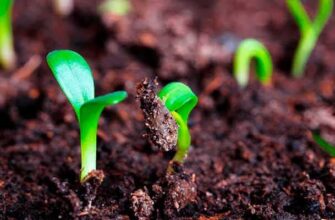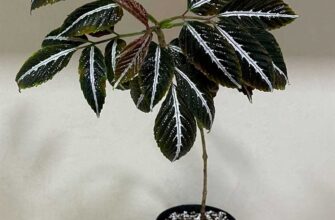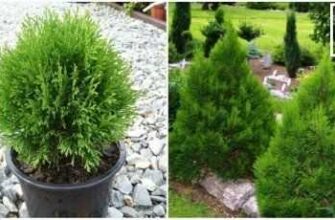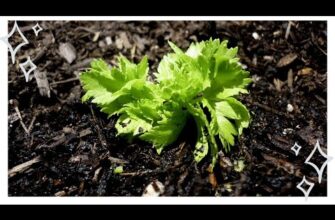- Секреты выращивания рассады лобелии
- Выбор сорта лобелии для выращивания
- Подготовка почвы для лобелии
- Идеальное время для сева лобелии
- Секреты черенкования лобелии
- Правильный уход за рассадой лобелии
- Особенности полива лобелии
- Оптимальная температура для выращивания лобелии
- Важность хорошего освещения для лобелии
- Защита рассады лобелии от вредителей и болезней
- Правильный полив
- Профилактика вредителей
- Применение фунгицидов
- Как пересадить рассаду лобелии в грунт
- Вопрос-ответ:
- Какую почву выбрать для выращивания рассады лобелии?
- Как подготовить лунку для посадки черенков лобелии?
- Как выбрать здоровые черенки для размножения лобелии?
- Как правильно укоренять черенки лобелии?
- Сколько времени займет укоренение черенков лобелии?
- Видео:
- Лобелия! Три секрета хорошей рассады. Уход за рассадой лобелии
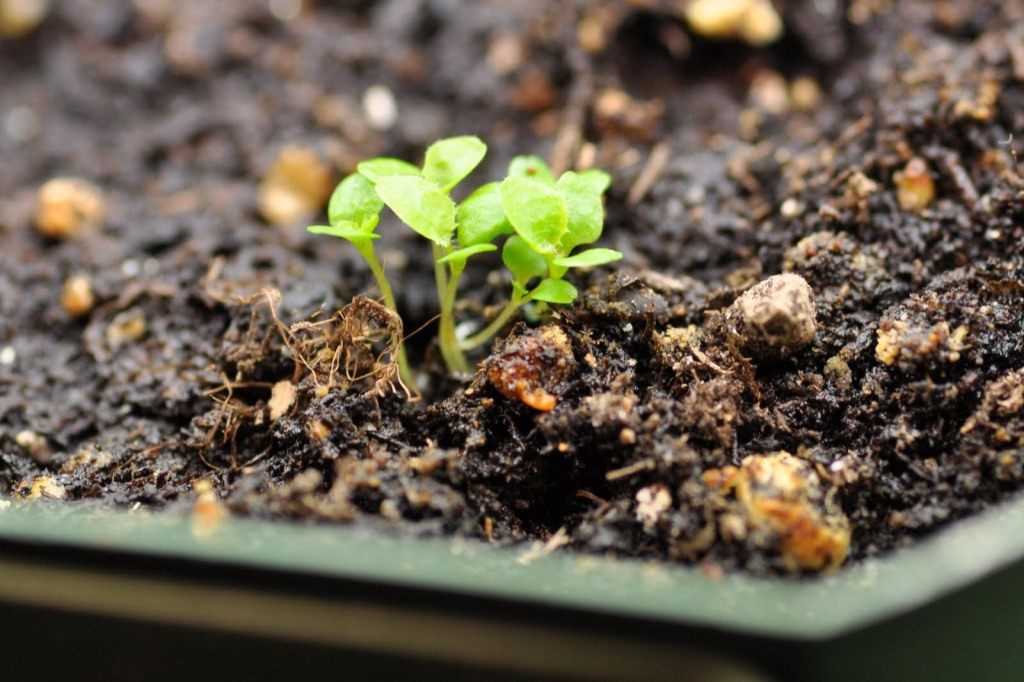
Лобелия – изящное и красивое растение, которое пользуется популярностью среди садоводов. Однако, чтобы наслаждаться ее яркими цветами, необходимо сначала вырастить рассаду. Для этого подходит метод черенкования, который позволяет получить здоровые и крепкие растения всего за месяц.
Одним из важных аспектов при черенковании лобелии является правильный полив. Рассаду необходимо поливать мягко и регулярно, чтобы сохранить оптимальный уровень влажности почвы. Пересушенная или переувлажненная почва может негативно сказаться на развитии растения. Помимо полива, важно также обеспечить рассаде достаточное количество света и тепла.
Особое внимание следует уделить процессу черенкования. Для этого необходимо выбрать здоровые побеги и отрезать их от растения. Затем, черенки нужно поместить в специальную почву, которая должна быть влажной, но не мокрой. Подходящая почва должна обеспечивать хорошую вентиляцию и дренаж.
За месяц рассада лобелии будет готова к пересадке в открытый грунт. Важно помнить, что растение не переносит заморозков, поэтому весной следует выбирать благоприятные погодные условия для пересадки. Следуя этим секретам черенкования, вы сможете легко вырастить красивую рассаду лобелии и украсить свой сад яркими цветами.
Секреты выращивания рассады лобелии
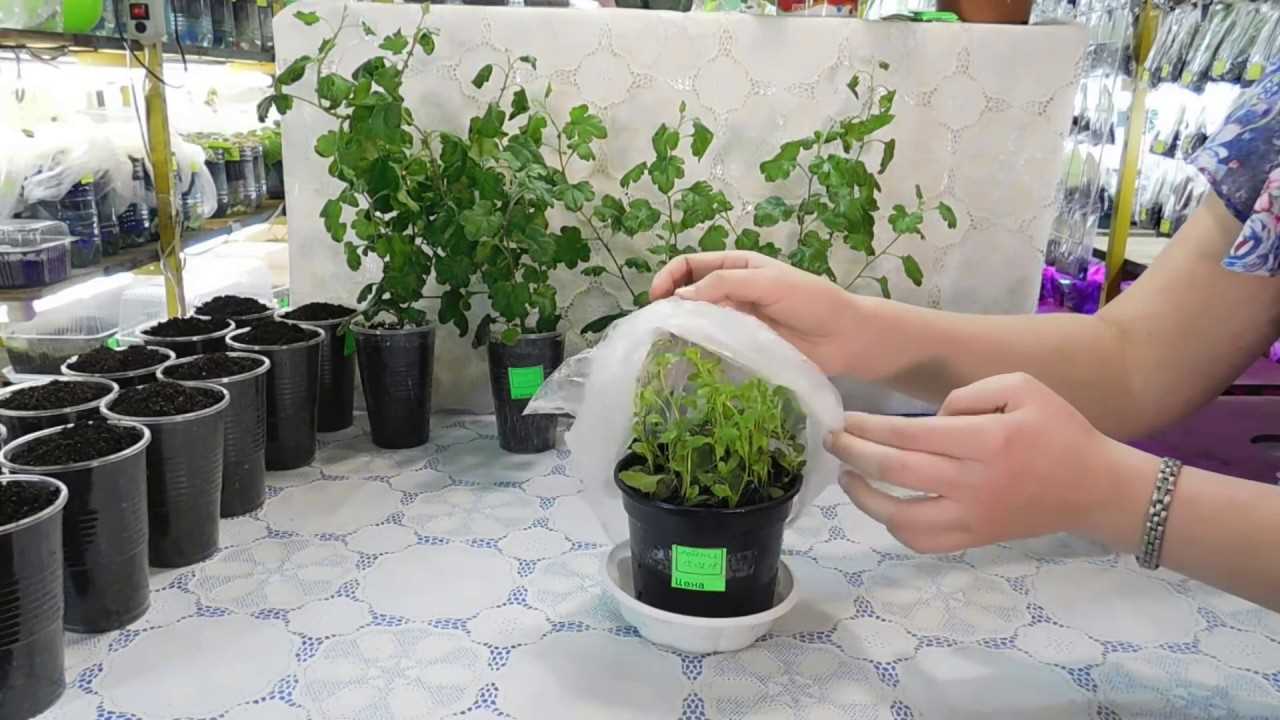
1. Выбор растения. Для выращивания рассады лобелии выбирайте здоровые и крепкие экземпляры. Обратите внимание на состояние корневой системы и листьев растения. Лучше всего использовать молодые растения, так как они быстрее приживаются и дают хороший урожай.
2. Подготовка почвы. Приготовьте питательную смесь для рассады лобелии. Она должна быть легкой, воздушной и хорошо дренированной. Для этого можно смешать песок, торф и перегной в определенных пропорциях. Перед посадкой рассаду лобелии хорошо полейте слабым раствором марганцовки.
3. Посадка черенков. Черенкование — один из самых эффективных способов выращивания рассады лобелии. Подготовьте черенки, отделив их от материнского растения. Сделайте надрезы на стеблях и поместите черенки во влажную почву на глубину около 1-2 см. Укройте посадку пленкой или стеклом и разместите в теплом месте, чтобы обеспечить оптимальные условия для приживания рассады.
4. Полив и уход. Рассаду лобелии необходимо регулярно поливать, поддерживая почву во влажном состоянии. Однако избегайте застоя воды, так как это может привести к гниению корней. Через некоторое время после посадки можно приступить к подкормке рассады слабым раствором удобрений. Также не забывайте проветривать и защищать рассаду от перегрева и переохлаждения.
5. Пикировка и пересадка. После того как рассада лобелии достигнет определенной высоты, ее необходимо пикировать. Отделите от рассады отдельные растения и пересадите их в отдельные горшки или контейнеры. Это поможет растению развиться и укрепиться перед высадкой на постоянное место.
Следуя этим секретам, вы сможете вырастить красивую и здоровую рассаду лобелии всего за месяц. Помните, что у каждого растения свои особенности, поэтому следуйте инструкциям и не забывайте ухаживать за растением.
Выбор сорта лобелии для выращивания
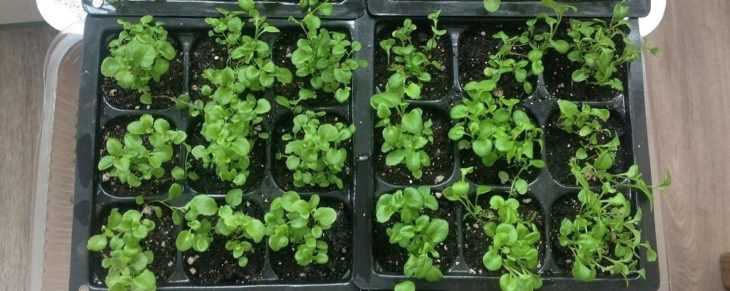
Лобелия – это прекрасное растение, которое подходит для выращивания через черенкование, в течение месяца можно вырастить красивую рассаду. Однако для успешного выращивания важно выбрать подходящий сорт лобелии.
Существует несколько видов лобелии, каждый из которых имеет свои особенности и требования к условиям выращивания. Например, сорт «Лобелия синяя» отличается крупными цветами с голубой окраской и требует яркого солнечного освещения. В то же время сорт «Лобелия пламенеющая» имеет ярко-красные цветы и предпочитает полутень.
При выборе сорта лобелии для черенкования важно учесть условия выращивания, которые вы сможете обеспечить. Также стоит учитывать предпочтения по окраске и размеру цветов, чтобы получить желаемый результат.
Подготовка почвы для лобелии
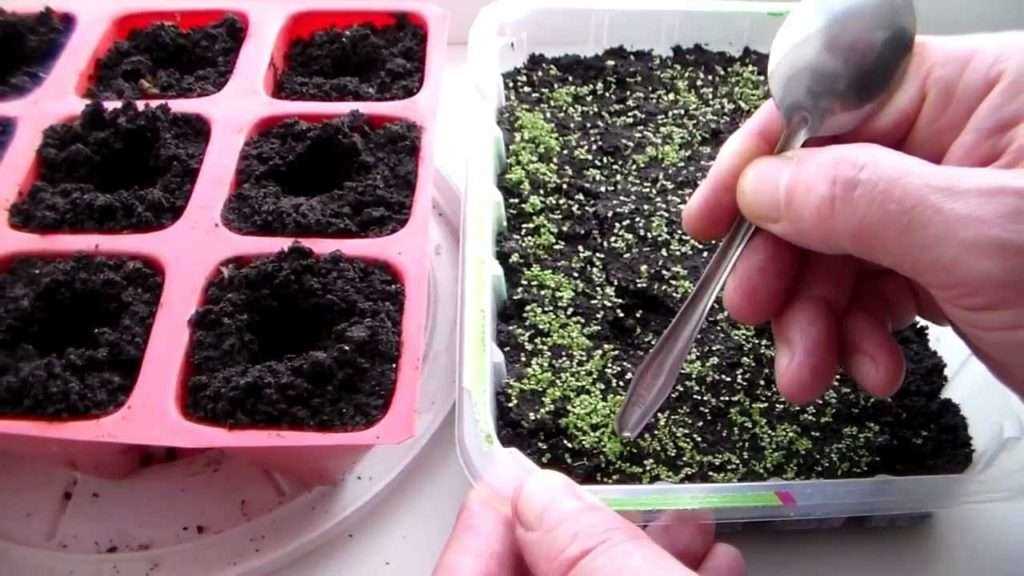
Подходящая почва является основой успешного черенкования и выращивания рассады лобелии за месяц. Почва должна быть плодородной, легкой и хорошо дренированной, чтобы предотвратить задержку воды, которая может привести к гниению корней. Также важно, чтобы почва была влажной, но не слишком мокрой, чтобы обеспечить оптимальные условия для роста рассады.
Перед посевом лобелии рекомендуется подготовить почву, добавив органическое удобрение или компост. Это поможет обогатить почву необходимыми питательными веществами и создать благоприятную среду для корней рассады. Также можно добавить небольшое количество перлита или песка для улучшения дренажа почвы.
Важно помнить о регулярном поливе почвы после посева и во время выращивания рассады лобелии. Полив нужно проводить аккуратно, чтобы не переувлажнить почву и не вызвать гниение корней. Оптимальная частота полива зависит от условий окружающей среды и должна быть поддерживаема влажность, чтобы поддерживать здоровье и рост рассады лобелии.
Идеальное время для сева лобелии
Лобелия — это прекрасное растение, которое можно вырастить из черенков. Для успешного черенкования необходимо выбрать идеальное время для сева лобелии.
Месяц является важным фактором при выборе времени для черенкования лобелии. Наилучшим периодом для сева рассады лобелии считается май или начало июня. В этот период растение получает достаточно солнечного света и тепла для активного роста.
Подходит также сентябрь — октябрь для черенкования лобелии. В это время растение уже успеет закрепиться в грунте и подготовиться к зимнему периоду.
Важным условием при черенковании лобелии является полив. Рассаду необходимо поливать умеренно, чтобы избежать переувлажнения и гниения корней. Постоянное поддержание оптимальной влажности поможет растению успешно прижиться и развиться.
Секреты черенкования лобелии
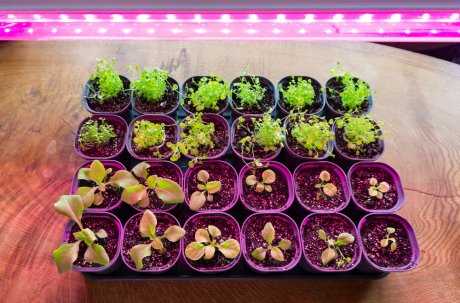
Для выращивания рассады лобелии за месяц, важно правильно подойти к процессу черенкования. Это способ размножения растения, при котором из отрезка стебля вырастает новое растение.
Один из важных моментов в черенковании лобелии – это полив. Растение нуждается в умеренном поливе, чтобы не переувлажнять почву. Чтобы создать оптимальные условия для черенков, рекомендуется использовать легкую и рыхлую почву, смешанную с песком и перлитом.
Для черенкования лобелии подходит период весны или начало лета, когда наступает период активного роста растения. Чтобы получить здоровую и крепкую рассаду, важно выбирать здоровые и хорошо развитые стебли. Они должны быть без повреждений и болезней.
Важно помнить, что черенки лобелии нужно выращивать в теплом и ярком месте, чтобы обеспечить им достаточно света для роста. Для дополнительной подсветки можно использовать фитолампы или специальные лампы для растений.
Правильный уход за рассадой лобелии
Чтобы вырастить здоровое и красивое растение лобелии за месяц, необходимо обеспечить правильный уход за рассадой. Один из самых важных аспектов — это полив.
Полив является неотъемлемой частью ухода за рассадой лобелии. Растение подходит к влаге, поэтому регулярное, но не чрезмерное поливание является ключевым фактором успеха. Рассаде лобелии необходимо обеспечить постоянную влажность почвы, но избегать застоя воды.
Для полива рассады лобелии используйте мягкую воду, которая была защищена от прямого солнечного света. Чтобы избежать переувлажнения почвы, рекомендуется поливать растение утром или вечером, избегая полива в солнечные часы.
Стандартный режим полива для рассады лобелии — два раза в неделю. Однако, во время жарких дней или в периоды активного роста растения, рассаду лобелии можно поливать чаще. Важно помнить, что переувлажнение почвы может привести к гниению корней и заболеваниям растения, поэтому следите за состоянием почвы и регулируйте частоту полива в зависимости от потребностей растения.
Особенности полива лобелии
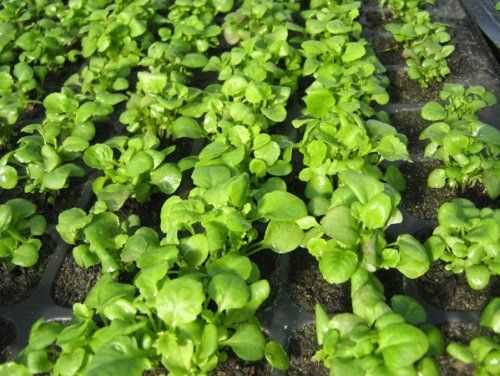
Так стоп!!! Вы всё ещё не подписаны на наши каналы в Телеграмм и Дзен? Посмотрите: ТГ - (@historyfantasydetectivechat) и Дзен (https://dzen.ru/myshortsstorys)
Полив является одним из важнейших аспектов при выращивании рассады лобелии. Это цветущее растение требует достаточного количества влаги для своего нормального развития и роста.
При поливе лобелии необходимо учитывать несколько особенностей. Во-первых, рассада лобелии подходит для полива только через подкормку. Это означает, что вода должна поступать напрямую к корням растения, минуя листья и цветы. Это позволяет избежать возникновения гнили и других заболеваний.
Во-вторых, лобелии требуется регулярный полив, особенно в период активного роста и цветения. Растение необходимо поливать часто, но не заливать, чтобы избежать переувлажнения почвы и гниения корней. Рекомендуется умеренное и равномерное увлажнение земли.
В-третьих, лобелии лучше всего растут в рыхлых и хорошо дренированных почвах. Поэтому перед посадкой рассады лобелии следует обеспечить достаточное количество органических удобрений и подготовить почву, чтобы она была рыхлой и воздушной.
В итоге, полив является важной частью процесса выращивания рассады лобелии. Регулярный и правильный полив поможет обеспечить растению все необходимые условия для его здорового роста и развития.
Оптимальная температура для выращивания лобелии
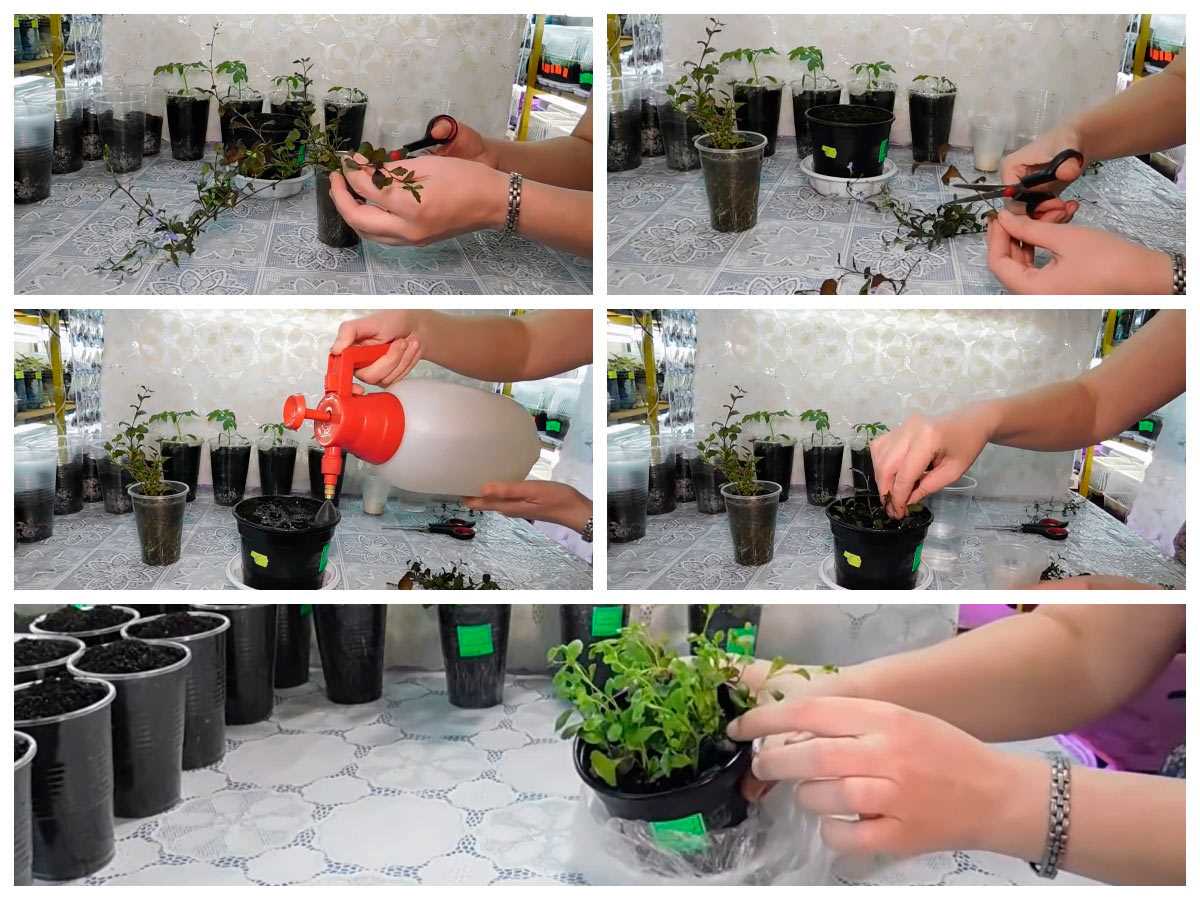
Для успешного выращивания лобелии важно обеспечить оптимальную температуру, которая способствует активному росту и развитию растения.
Месяц. Важно учитывать время года и выбрать подходящий месяц для выращивания лобелии. Лучше всего сеять семена или проводить черенкование весной или ранним летом, когда температура воздуха стабильно повышается.
Подходит. Для успешного выращивания лобелии оптимальная температура воздуха должна быть в пределах 18-24 градусов Цельсия. Это позволит растению активно расти и развиваться, не подвергаясь стрессу.
Лобелии. Это растение предпочитает умеренные температурные условия, поэтому не рекомендуется выращивать его при слишком низких или высоких температурах. При низких температурах лобелия может перестать расти, а при высоких – испытывать стресс и выгорать на солнце.
Растение. Лобелия – теплолюбивое растение, поэтому важно создать благоприятные условия для его выращивания. Растение будет хорошо расти и цвести при средней температуре около 20 градусов Цельсия.
За. Забота о температуре окружающей среды позволит вырастить здоровую и красивую лобелию. Поддерживайте оптимальную температуру в помещении, где находится рассада, и защищайте ее от резких перепадов температуры.
Важность хорошего освещения для лобелии
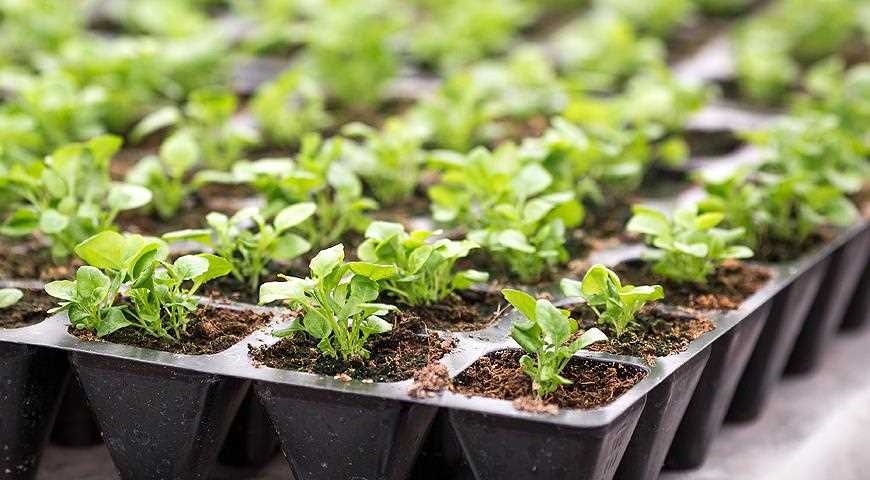
Правильное освещение является одним из ключевых факторов для успешного выращивания рассады лобелии за месяц. Растение очень требовательно к свету и не переносит тенистых мест. Поэтому для выращивания лобелии идеально подходят ярко освещенные помещения или солнечные участки на открытом грунте.
Хорошее освещение позволяет растению получать достаточное количество энергии для процесса фотосинтеза. Благодаря этому, лобелия активно растет и развивается, образуя крепкую и здоровую рассаду. Важно помнить, что слишком яркое освещение также может негативно сказаться на растении, поэтому рекомендуется защищать лобелию от прямых солнечных лучей в период сильной жары.
Помимо освещения, необходимо также обеспечить рассаду лобелии регулярным поливом. Вода является неотъемлемым компонентом для нормального роста и развития растения. Однако следует помнить, что лобелия не переносит переувлажнения, поэтому важно поддерживать умеренный режим полива.
Защита рассады лобелии от вредителей и болезней
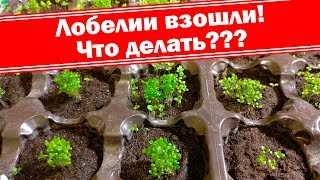
Рассаду лобелии, выращенную черенкованием, необходимо защитить от вредителей и болезней, чтобы сохранить ее здоровье и красоту. Подходит ряд методов, которые помогут избежать проблем с рассадой.
Правильный полив
Одной из основных мер защиты рассады лобелии является правильный полив. Он должен быть регулярным, но не избыточным, чтобы избежать переувлажнения почвы. Лучше поливать утром или вечером, чтобы избежать попадания влаги на листья, что может привести к развитию грибковых болезней.
Профилактика вредителей
Для предотвращения повреждений рассады от вредителей, рекомендуется проводить профилактические мероприятия. Например, можно использовать специальные инсектициды или насекомых-хищников, которые будут естественным образом контролировать популяцию вредителей.
Применение фунгицидов
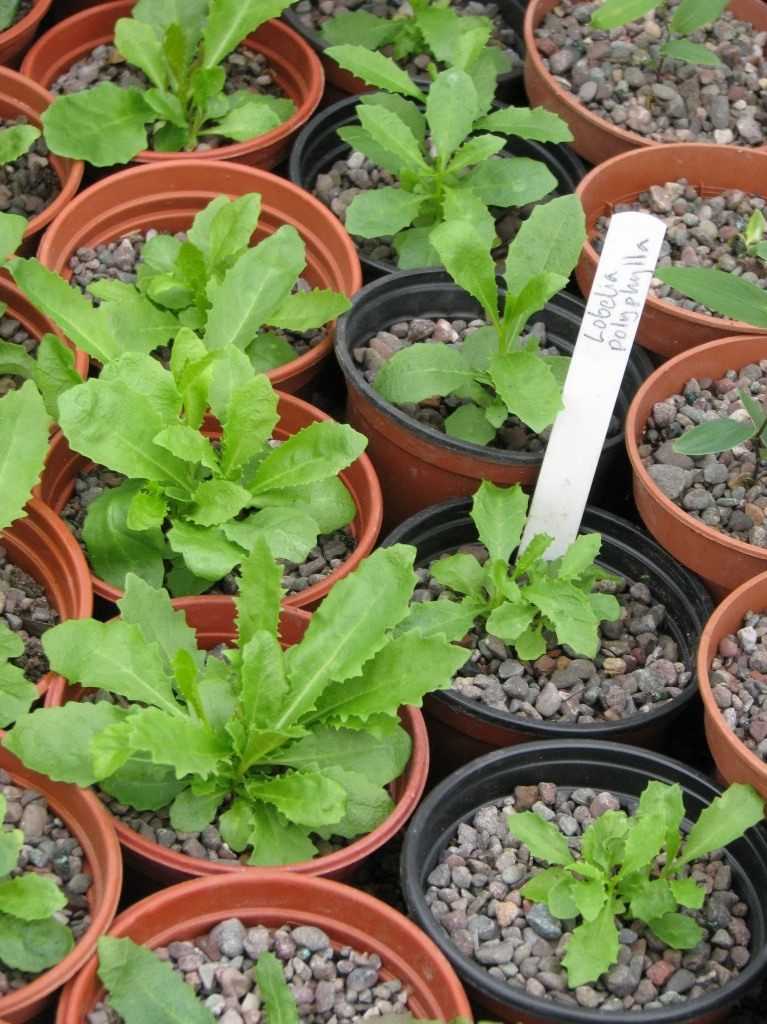
Для обработки рассады лобелии от грибковых болезней можно использовать фунгициды. Они помогут предотвратить развитие и распространение инфекций. Важно следовать инструкциям по применению и не превышать рекомендуемые дозировки.
Общая бережливость и внимательность помогут сохранить рассаду лобелии здоровой и красивой, а правильная защита от вредителей и болезней позволит ей успешно развиваться.
Как пересадить рассаду лобелии в грунт
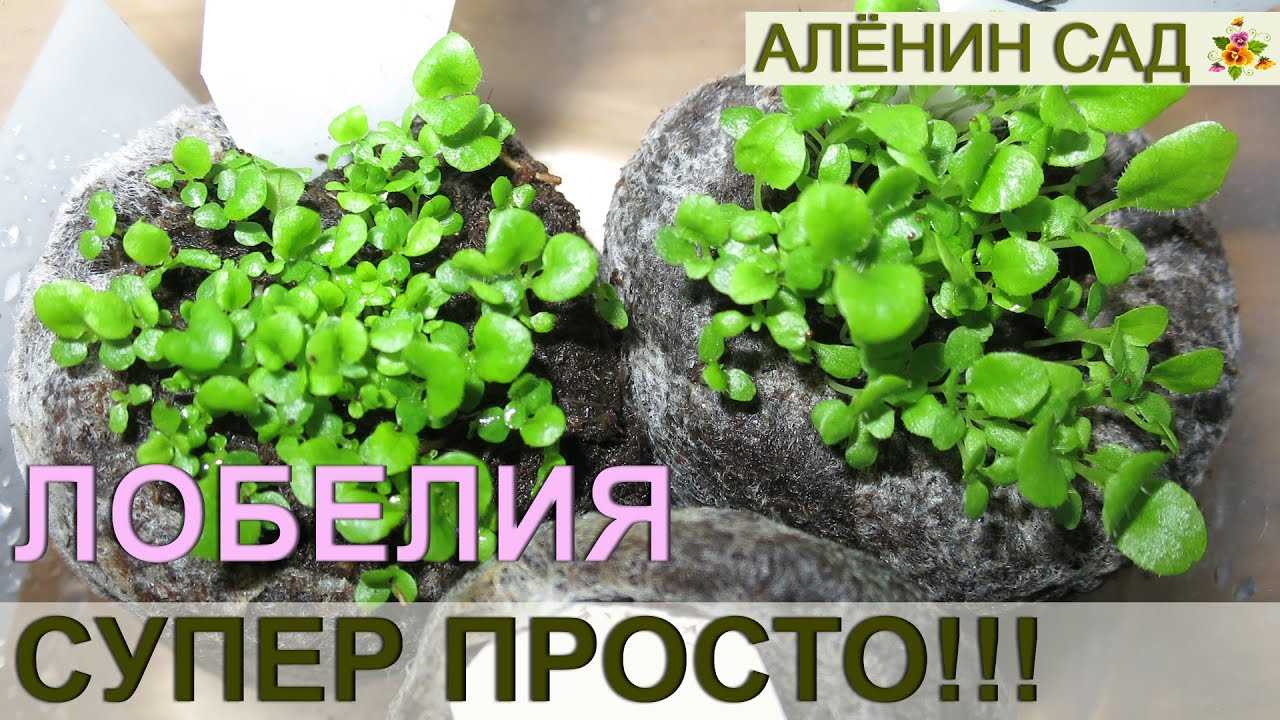
После успешного черенкования и выращивания рассады лобелии в течение месяца, настало время пересадить ее в грунт. Подходит самое оптимальное время для пересадки – весна или начало лета, когда угроза заморозков минимальна.
Перед пересадкой необходимо хорошо подготовить грунт. Оптимальным вариантом является смесь из песка, перегноя и торфа. Пересаживать лобелию следует в увлажненный грунт.
Для пересадки выбирайте место, где будет достаточно солнечного света, но также учитывайте, что растение не должно быть пересушено. Лобелия предпочитает среднюю влажность, поэтому недостаток полива может негативно сказаться на ее росте и цветении.
Перед пересадкой рассаду лобелии следует хорошо полить. Для полива можно использовать теплую воду, чтобы не создавать стресс для растения. После полива аккуратно вынимайте рассаду из контейнера, стараясь не повредить корни. Пересаживайте каждое растение отдельно, оставляя промежуток между ними.
После пересадки рассаду лобелии рекомендуется укрыть от солнца на несколько дней, чтобы она могла привыкнуть к новым условиям роста. Примерно через неделю после пересадки можно начать удобрять растение, используя специальные удобрения для цветущих растений. Правильный уход и внимание помогут лобелии успешно прижиться в новом месте и радовать вас своим красивым цветением.
Вопрос-ответ:
Какую почву выбрать для выращивания рассады лобелии?
Для выращивания рассады лобелии лучше выбрать легкую и плодородную почву с нейтральной или слабокислой реакцией. Можно использовать готовую универсальную смесь для рассады или приготовить свою смесь, смешав песок, торф и перегной в пропорции 1:1:1.
Как подготовить лунку для посадки черенков лобелии?
Для посадки черенков лобелии необходимо подготовить лунку в грунте. Формируют ее с помощью деревянного или пластикового перка, вносят песок и торф, смешанные в равных пропорциях. Нужно учесть, что глубина лунки должна быть примерно равна длине черенка.
Как выбрать здоровые черенки для размножения лобелии?
При выборе черенков для размножения лобелии следует обратить внимание на их внешний вид и состояние. Черенки должны быть здоровыми, без повреждений и болезней. Листья не должны быть желтые или пожелтевшие. Черенки лобелии следует отрезать от здоровых и крепких растений, предпочтительно с верхушкой.
Как правильно укоренять черенки лобелии?
Для укоренения черенков лобелии необходимо сделать надрезы на нижней части черенка и удалить все нижние листья, оставив только верхушку. Затем черенок помещают в стакан с водой или в субстрат, состоящий из песка и торфа. Для ускорения процесса укоренения можно использовать стимуляторы роста.
Сколько времени займет укоренение черенков лобелии?
Время укоренения черенков лобелии может варьироваться в зависимости от условий выращивания и сорта растения. Обычно процесс укоренения занимает от 2 до 4 недель. Важно создать оптимальные условия для укоренения, поддерживать постоянную влажность почвы и температуру около 20-25 градусов Цельсия.


